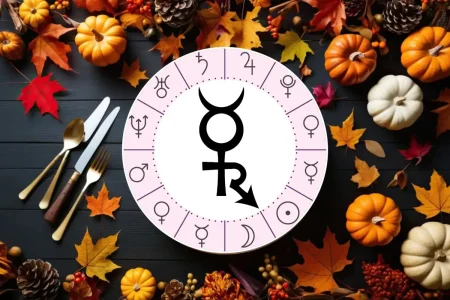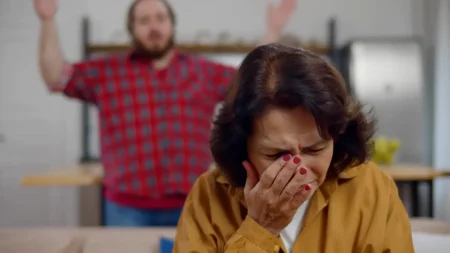The Complex Landscape of Modern Heterosexual Relationships
In today’s cultural discourse, “heteropessimism” has emerged as a prominent buzzword, reflecting growing disillusionment with traditional heterosexual relationships. This trend is exemplified by Wharton professor Corinne Low’s book, “Having It All: What Data Tells Us About Women’s Lives and Getting the Most Out of Yours,” which has garnered attention for its economist’s perspective on heterosexuality. Low, who divorced her husband and began exclusively dating women, described this transition as an “evidence-based decision” in interviews with New York Magazine. While she later claimed her comments about being “socially and politically repulsed” by men were meant to be humorous, her framing of dating women as an “efficient decision” to avoid “filtering through men” has sparked significant conversation. This clinical approach to relationships suggests a troubling shift where romance becomes reduced to formulas and efficiency metrics rather than emotional connection.
Low’s research highlights legitimate concerns about gender inequality within heterosexual marriages. Her 2025 study “Winning the Bread and Baking it Too” found that wives often continue carrying the majority of household responsibilities regardless of their financial contributions, essentially functioning as managers of “junior employee” husbands rather than having true domestic partners. This imbalance has led Low to advocate for what some interpret as a marriage strike, suggesting that men should fear being left alone if they don’t evolve into more equitable partners. “We need real consequences,” she stated, though she later clarified that her personal story was meant to illustrate what she calls “a kinda awkward phase for heterosexuality, where women have taken on new roles and men’s roles haven’t changed.” Whether provocative marketing strategy or genuine frustration, Low’s message has resonated with many women while alienating others who see it as unnecessarily divisive.
This heteropessimistic sentiment extends far beyond Low’s work. The New York Times has published pieces referring to heterosexual marriage as burdensome “man-keeping” and suggesting that “men are what is rotten in the state of straightness.” On social media, young women have embraced the “boy sober” trend, which encourages abstaining from dating, physical affection, and romantic interactions with men as though they were addictive substances. These cultural phenomena reflect a growing trend of gender-based disappointment that manifests in increasingly polarized rhetoric. The framing of an entire gender as problematic—whether it’s women being criticized by male “incels” or men being rejected by women in movements like Korea’s “4b” (no dating, marrying, having sex with, or having children with men)—simplifies complex interpersonal dynamics into reductive blame games.
The heteropessimism discourse, while highlighting genuine concerns about gender inequalities, often fails to acknowledge the nuanced reality of modern dating challenges. Both men and women face unprecedented obstacles in forming meaningful connections in an era dominated by dating apps, widespread pornography consumption, and rapidly evolving gender expectations. These technological and social shifts have fundamentally altered how people meet, interact, and form relationships, creating confusion and frustration across gender lines. When this frustration transforms into categorical dismissal of potential partners based on gender alone, it prevents the kind of thoughtful introspection and communication that might actually improve heterosexual dynamics.
What’s often missing from these conversations is recognition of shared humanity and the possibility for growth and change. The reduction of relationship decisions to cold statistical analysis or sweeping generalizations about gender behaviors ignores individual differences and the capacity for people to evolve in response to constructive feedback. Rather than treating men as a collective problem to be avoided or women as unreasonable critics, a more productive approach would acknowledge that both genders have opportunities for self-improvement and adaptation to changing social norms. The challenges in modern dating aren’t solely the fault of one gender but rather reflect broader societal shifts that affect everyone differently based on their unique circumstances and experiences.
Despite the current popularity of heteropessimistic views, treating an entire gender as a toxic influence to be avoided is unlikely to create lasting positive change in relationship dynamics. While taking breaks from dating can certainly be healthy for individual growth and self-reflection, framing such breaks as rejection of an entire gender reinforces divisiveness rather than understanding. The path toward more fulfilling relationships likely involves honest communication about expectations, thoughtful consideration of how traditional gender roles have evolved, and willingness from all parties to adapt to changing social landscapes. Rather than dismissing men as statistically inferior partners or viewing women as unreasonable in their expectations, focusing on developing mutual respect, equitable division of responsibilities, and genuine emotional connection might better serve those genuinely interested in improving heterosexual relationships rather than abandoning them altogether.















